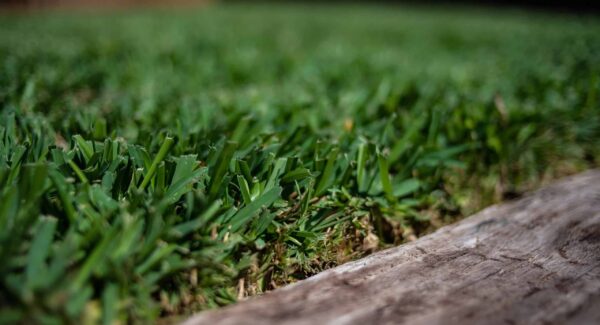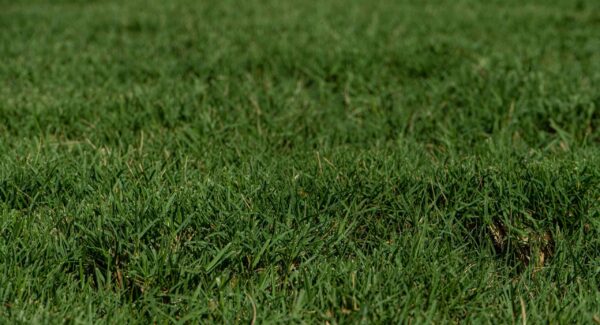What Is The Best Warm Season Grass?
In the great state of Texas, the vast majority of grasses you see in parks, fields, and homes are known as warm-season grasses. Warm-season grasses get their name as they experience their most active growth during warmer seasons, especially from late spring into early fall. This partiality to warm weather is why Texas lawns have a long growing season and often stay green during the summer heat when appropriately watered. In this post from The Grass Outlet blog, we’ll discuss the best warm-season grass for your Texas home.
Your Grass Choice Depends On Your Preferences
While many warm-season grass cultivars share similar traits, there are a few factors you should consider. For one, you should make sure that the grass you’re looking for is readily available in your area. Additionally, you should find a grass type that suits your schedule in terms of maintenance. For peace of mind, homeowners should also consider the grass’s heat and cold tolerance, ensuring the grass is equipped to survive the summer & winter seasons. Numerous other performance characteristics, such as drought tolerance, shade tolerance, and traffic tolerance, all play into which type of warm-season grass is the best.
Maintenance Needs
Different types of grass require different types of maintenance. Mowing and fertilizing is a given for all types of grass, but exactly how much care a lawn will need varies depending on the type of grass. Homeowners should try to match grass to the level of maintenance they’re comfortable providing. For instance, Bermudagrass is the fastest-growing warm-season lawn grass. The fast-growing nature of Bermuda grass means it is dense, durable lawn grass. On the other hand, it also means that your lawn will need to be mowed regularly and, in some cases, quite often, to keep up appearances and functionality.
At The Grass Outlet, our team of grass experts will help you align the right kind of grass based on the level of maintenance you’d like to provide to your lawn.
Heat Tolerance
For warm-season grasses, heat tolerance isn’t a significant concern. Since these grasses are typically grown in tropical and subtropical climates, they generally are well adjusted to higher soil and air temperatures. Choosing a warm-season cultivar is ideal because, with proper cultural practices, they can stay green during sweltering weather. On the other hand, cool-season grass would rapidly decline and likely perish.
Cold Tolerance
While warm-season grass may imply cold intolerance, this is not the case. The great majority of warm-season grasses can handle the colder temperatures that the State of Texas experiences. When the temperatures drop below 65°F, warm-season grasses slow down their root growth and enter a dormant state. Winter dormancy ensures your grass is protected from experiencing cold damage, which can permanently damage the grass. When temperatures reach 65°F in the spring, the roots begin actively growing, and the grass becomes bright and green again.
Drought Tolerance
Warm-season grasses are also known for being more drought tolerant than cool-season grasses. This is thanks to the large, extensive root systems that warm-season grasses offer. These vast root systems also make warm-season grass more durable and wear-resistant. Many warm-season cultivars may still require an inch of water or more per week to stay green and healthy during the active growing season. Without this amount of water, the lawn may go dormant and brown. Unlike during winter dormancy, warm-season grass will not survive very long in drought & heat-induced dormancy.
Based on your sprinkler system, drought tolerance is something you may want to consider with your new warm-season grass purchase. At The Grass Outlet, our team of experts will help you discover what type of grass best fits your home in terms of drought tolerance.
Shade Tolerance
Generally speaking, warm-season grasses perform best in direct sunlight. Six to eight hours of full sunlight is the best growing condition for most warm-season grasses, especially Bermuda grass. Tifway 419 Bermuda grass needs at least 8 hours of full sunlight every day. Ample sunlight produces solid color, density, and healthy lawn growth that really makes a front or backyard look great. Zoysia and St. Augustine are two varieties of warm-season grass that perform better with dappled sunlight than others.
Traffic Tolerance
Traffic tolerance of grass is one of the most important considerations to make regarding your lawn if you regularly use it to lounge or play games. If you are using your lawn often to entertain, play games, and for similar activities, you may want to consider an “aggressive grower”, such as Bermudagrass. This grass regrows quickly, so any damage from foot traffic will be quickly recovered. On the other hand, Palisades Zoysia & Zeon Zoysia grass are great options for yards with some shade because their exceptional density makes them very wear-resistant.
What Is The Best Warm-Season Grass? Ask The Experts At The Grass Outlet!
When it comes to the best warm-season grass, it all depends on your needs & expectations. Maintenance, temperature, rainfall, shade, and foot traffic are all important factors to consider when choosing a new warm-season grass for your home lawn. At The Grass Outlet, our warm-season grass experts are happy to help you decide on the best kind of grass for your yard. To learn more about our warm-season grass selection, give us a call or shop online today!





